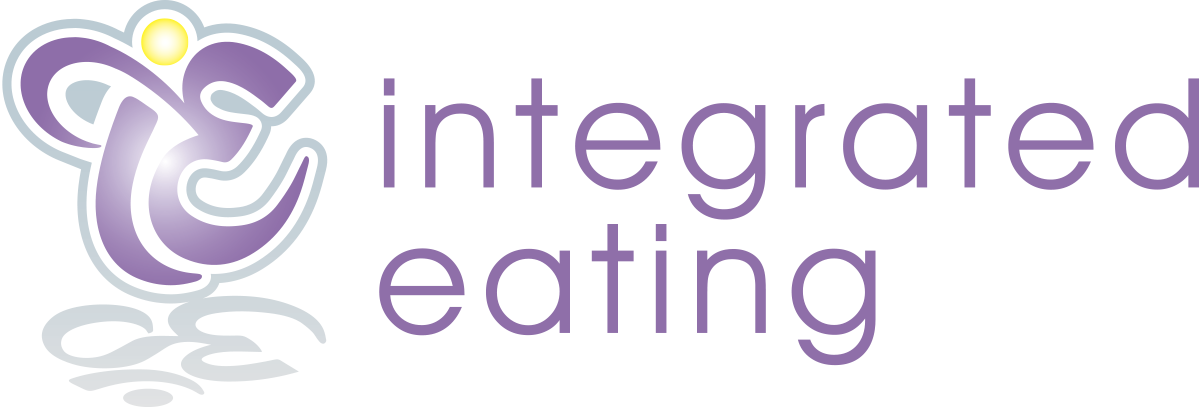Body image. A hot topic these days however one that can seem somewhat taboo. While it may feel clinicians are delving into their clients personal territory, understanding one’s relationship to their body is an integral part of the recovery process. And, for clients it can be hard to talk about the thoughts, feelings and experiences that live in the body pertaining to the body. Regardless, the conversation is an important one and one that would provide benefit to tune into.
As social media and television splatter airbrushed models into society and into our psyche we become all the more cognizant that the climate breeds “no size fits anyone”. On the other hand, billboards, stores and emerging campaigns are including more “real life” bodies that promote love and acceptance at all sizes.
Several new studies highlight body image and how this translates into life experience. Better et al recently published a study reporting that a low level of body confidence had a significant impact in other areas of life including mental health, love, social life and career progression. How did they know? 2,000 individuals were surveyed. More than half of females reported not feeling confident - 36% of males reported the same. Both genders also reported this affecting their mental health. Males and females also reported avoiding family gatherings, work interviews and physical activity due to body image (Better,2019).
Styk et al published an article this past July reporting that perseverance is associated with body image and weight. Broken down, this means subjects with normal body weight performed tasks more “persistently” than those with overweight or obese BMI value. One can hypothesize that potentially these individuals feel less motivated in general. The article references that those with a BMI noted as obese or overweight may feel stigmatized (Styk, 2019). While BMI is only one way to assess appropriate body weight and size and it does not account for muscle, or bone it does seem to be an indicator. Regardless - what this information highlights is our society has to change the way we talk about size and weight to help improve quality of life.
Another recent article out of the UK reported body image dissatisfaction was a top three concern, along with education and employment. Young adults ages 16-25 were surveyed. While most studies such as these focus on women, The Childrens Society found a significant decline in male body confidence. A reported one in 12 boys ages 10-15 were unhappy with their appearance. We clearly have more work to do in understanding, supporting and treating body image concerns!
Next steps:
Let’s Talk about it. No matter the gender - everyone has insecurities and feeling supported and loved is the first step.
Nourished bodies come in all shapes and sizes. Let the people you love and care for know this.
Get involved. Several organizations have a mission to promote body love.
Love your Body Campaign
The Body Positive. org
Plus Positive
Post with care. Whether it be facebook, instagram - be aware of what you say and how you say it. Sometimes posting body related images can be upsetting or triggering for others. DO promote love, care and imperfection. Let’s embrace the imperfection.
Limit social media time. Images are doctored, photoshopped. Comparing ourselves to others at times can be unhelpful.
References
Better. (2019, September 11). 1 in 3 say low body confidence negatively affects mental health – what can be done? Retrieved from https://thriveglobal.com/stories/1-in-3-say-low-body-confidence-negatively-affects-mental-health-what-can-be-done/
Blair, L. (2019, September 9). How to boost your son's body image . Retrieved from https://www.telegraph.co.uk/health-fitness/mind/boost-sons-body-image/
Styk, W., Zmorzyński, S., & Klinkosz, W. (2019).Is body image associated with perseverance? A study among people with normal and increased body weight. Psychology Research and Behavior Management,Volume 12, 851–860. doi: 10.2147/prbm.s215440

